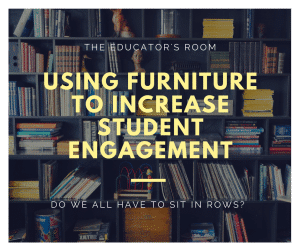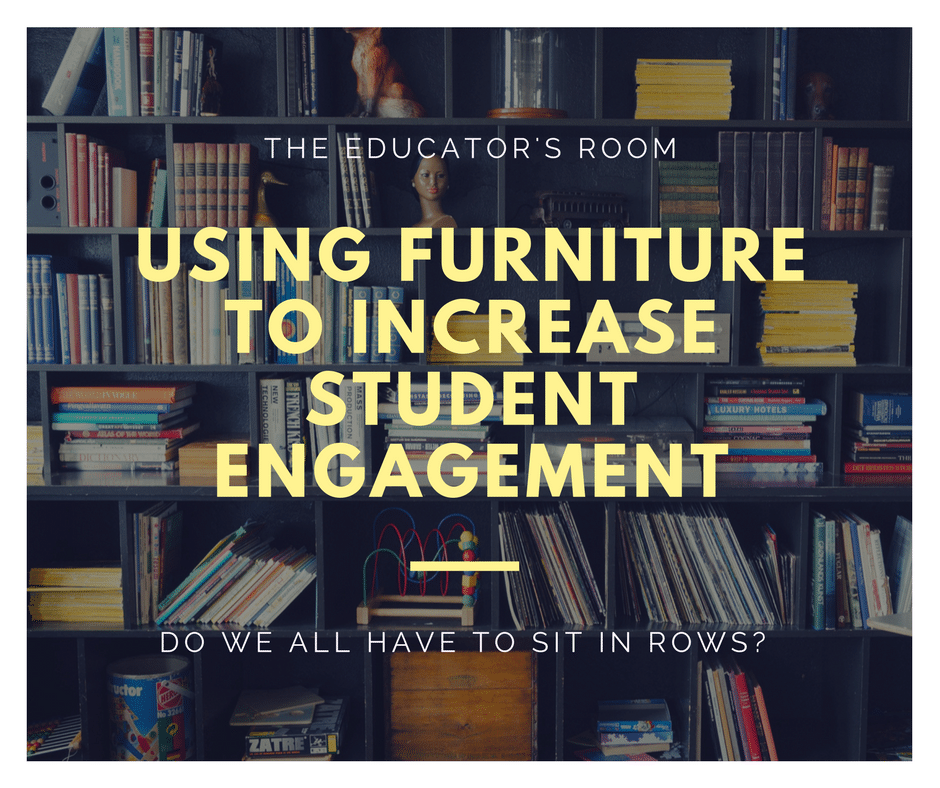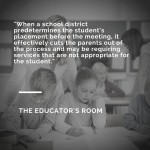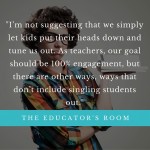Furniture in classrooms has stayed relatively the same for years; there is a desk, with a sturdy, upright chair, and maybe a table with chairs- if a teacher happens to be so lucky. However, this standard desk and chair arrangement are not conducive to a productive work environment. Not many careers mandate workers to sit in a firm chair with a tiny desk all day long, so why are we treating our students this way?
Students spend upwards of 6 hours a day in these uncomfortable desks and chairs, but what if something was done to change that? What if there was a piece of furniture that could increase student focus by redirecting their energy into something positive? Well, I’m here to tell you there is, and I’m also here to tell you why it’s such a success in the classroom.
As a special education teacher, I was asked to participate in a furniture grant for our department. Collaborating with teachers and supervisors, we all agreed that it was time to try something different for our special education classrooms. Pedal desks, stability balls, and stand-up desks were the goal. It turned out that the benefits spoke for themselves; according to Center for Educational Improvement, “studies have shown that people, after freshly completing a session of exercise, are better able to concentrate and ignore distractions (Scudder et. al, 2013).” Prior to the multi-sensory furniture, our students were constantly rocking back in their seats, getting up to go to the bathroom, standing up and moving due to all of their excess energy. Adding different furniture was a risk, and an expensive one no doubt, but the evidence could not be ignored.
[bctt tweet=”Our students were constantly rocking back in their seats, getting up to go to the bathroom, standing up and moving due to all of their excess energy.” username=””]
Students are aware of their energy for the day, and they know what works best for them. I have students that still prefer to sit in a chair, and that works for them. I also have students that love having the option of a pedal desk or stability ball. They can pedal, without any distracting noise, or they can rock and subtly bounce all while remaining perfectly focused. Not only does the furniture decrease fidgeting, but it aids in memory retention. Melissa Stoffers from Rowan University confirms that, “the theory behind multisensory education is to provide each child the advantage of lessons taught through multiple senses that would increase the likelihood of the child absorbing the material.” In a special education classroom, so often teachers repeat and clarify information many times over because students with disabilities often have attention or processing difficulties. Allowing them to redirect their energy into sometime positive allows students to regain control of how they learn.
In a special education classroom, so often teachers repeat and clarify information many times over because students with disabilities often have attention or processing difficulties. Allowing them to redirect their energy into sometime positive allows students to regain control of how they learn.
The furniture, however, is far from cheap, pedal desks can be upwards of $1000 each, which is not easy to obtain when working in a school system. What does help though is the surplus of information and research that has proven the effectiveness of multisensory furniture in the classroom. I have seen the benefits of it right before my eyes. Students flock to the desks and they appreciate having the ability to empower themselves rather than shame themselves for being unable to remain still or focused. The purpose of school is to give students the tools they need to succeed in real life; offices allow their employees to use stability balls and stand-up desks, so why not schools? It’s time to rethink furniture and the students that use them.







